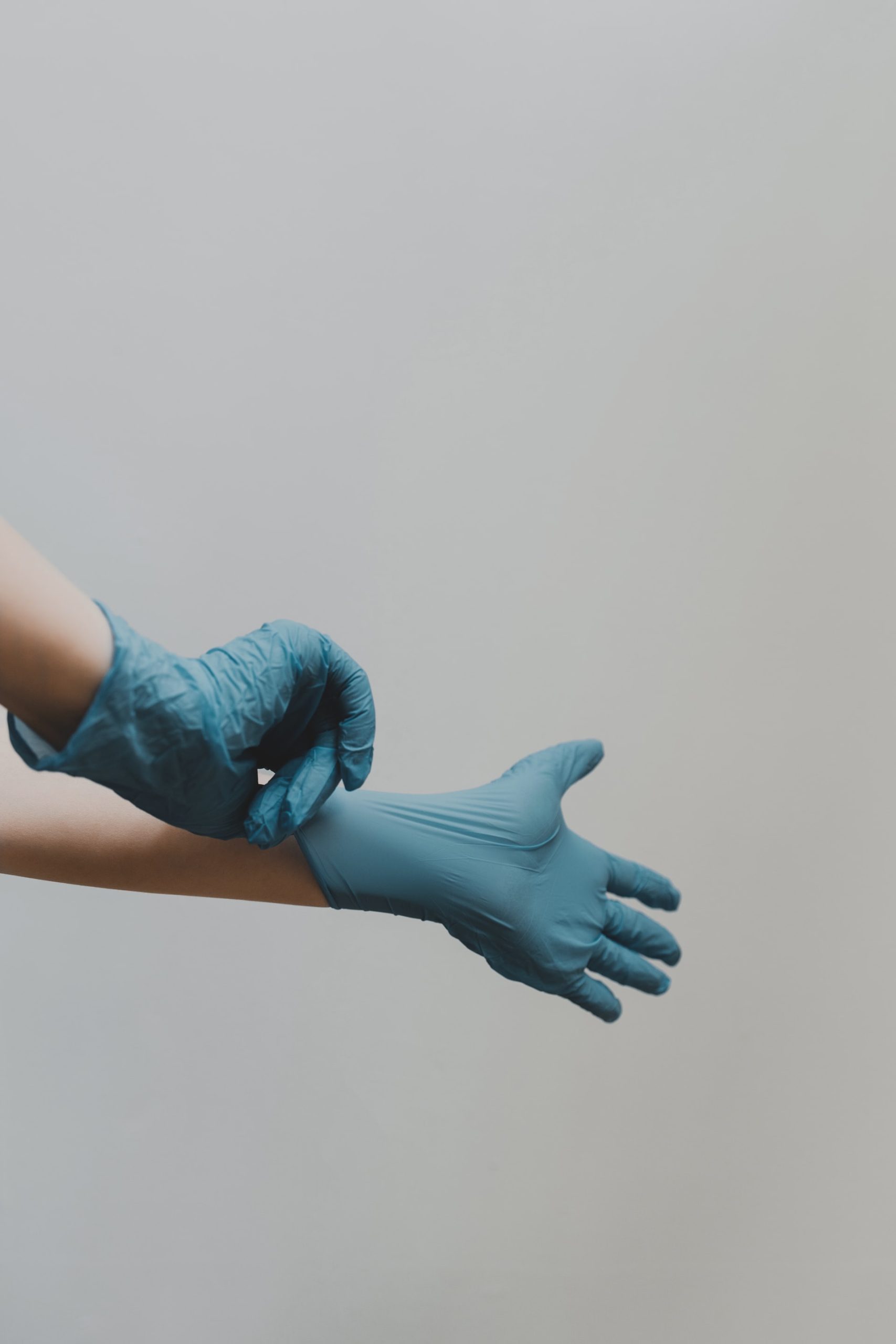
Practice Of Circumcision: Tradition, Religion Or Hygiene?
Circumcision is an ancient practice applied to male children from a young age. It is one of the most common surgical operations in the world. This practice consists of removing all or part of the foreskin on the penis, which covers and protects the glans, up to the groove at the base. Medically, circumcision is performed to reduce the sensitivity of the glans to friction and air.
Why get circumcised?

The majority of the world’s population practices circumcision for medical or hygienic reasons. This is especially true in countries such as Canada, Australia, and the United States. In this context, little boys must be circumcised to reduce the risk of infection and prevent disease. In addition, circumcision is necessary for the treatment of phimosis and paraphimosis. This is an extremely common medical event in little boys. This is noted by difficulty pulling down the skin to uncover the glans. This practice is called “prostatectomy”.
However, this surgical procedure can also be performed in some countries for cultural and religious reasons, especially for Muslims and Jews. On the one hand, in the Islamic religion, the practice of circumcision is considered a confirmation of the practitioners’ link with God and is performed before puberty. As for the Jewish religion, this practice must be done on the eighth day after the birth of the baby, except in case of medical contraindication.
On the other hand, circumcision has a traditional value for most of the population. In this aspect, the practice of circumcision enhances culture, including social cohesion, identity, and masculinity. Most of the time, this operation is performed at home. The World Health Organization (WHO) states that: “circumcisions for religious or traditional reasons often take place in non-medical settings, although in some cultures they are increasingly performed in a medical setting”.
How is circumcision performed?

Generally speaking, circumcision should be performed under medical supervision. A few days before the surgery, a pre-operative anesthesia consultation is essential. The procedure lasts between 15 and 30 minutes. The operation is performed under general and local anesthesia in several stages in children. First, the skin is pulled, the skin and mucous membrane are cut, and the skin and mucous membrane are sutured.
Circumcision should be done from the age of 1 year and before the child is 4 years old. Doctors say that the pain is minimal in the child between these ages and is only temporary.
After the operation, the doctors’ instructions must be followed. Most often, it is necessary to give the child painkillers according to their prescription. These are medicines to treat pain and calm it down. Generally speaking, it takes 3 to 4 weeks for the wound to heal.
Circumcision is not only reserved for children; it can also be performed on adults, most often for medical reasons. The procedure will take place in outpatient surgery. The use of circumcision can give a different sexual sensation to the man.
After the operation, it is necessary to avoid bathing for a few days; resuming sexual activity is allowed only 3 or 4 weeks after the operation.
Personal thoughts

As a queer, non-binary person attracted to men, I can tell you that I don’t believe that people born with penises should be circumcised; I get that it is a tradition in some cultures, but for me, this is ridiculous and widely unnecessary.
I’ve been with men who were both circumcised and not circularized, and most of these men had no say in this, and this was done to them at birth. Male or female circumcision is a thing of the past in my books and is something that we should start moving away from.
Sound off in the comments section below and tell us your thoughts about circumcision.
You May Also Like

The Soothing Symphony: Exploring the Effects of ASMR on the Brain
2024-01-15
8 Surprising Facts About the Human Brain
2022-04-20

